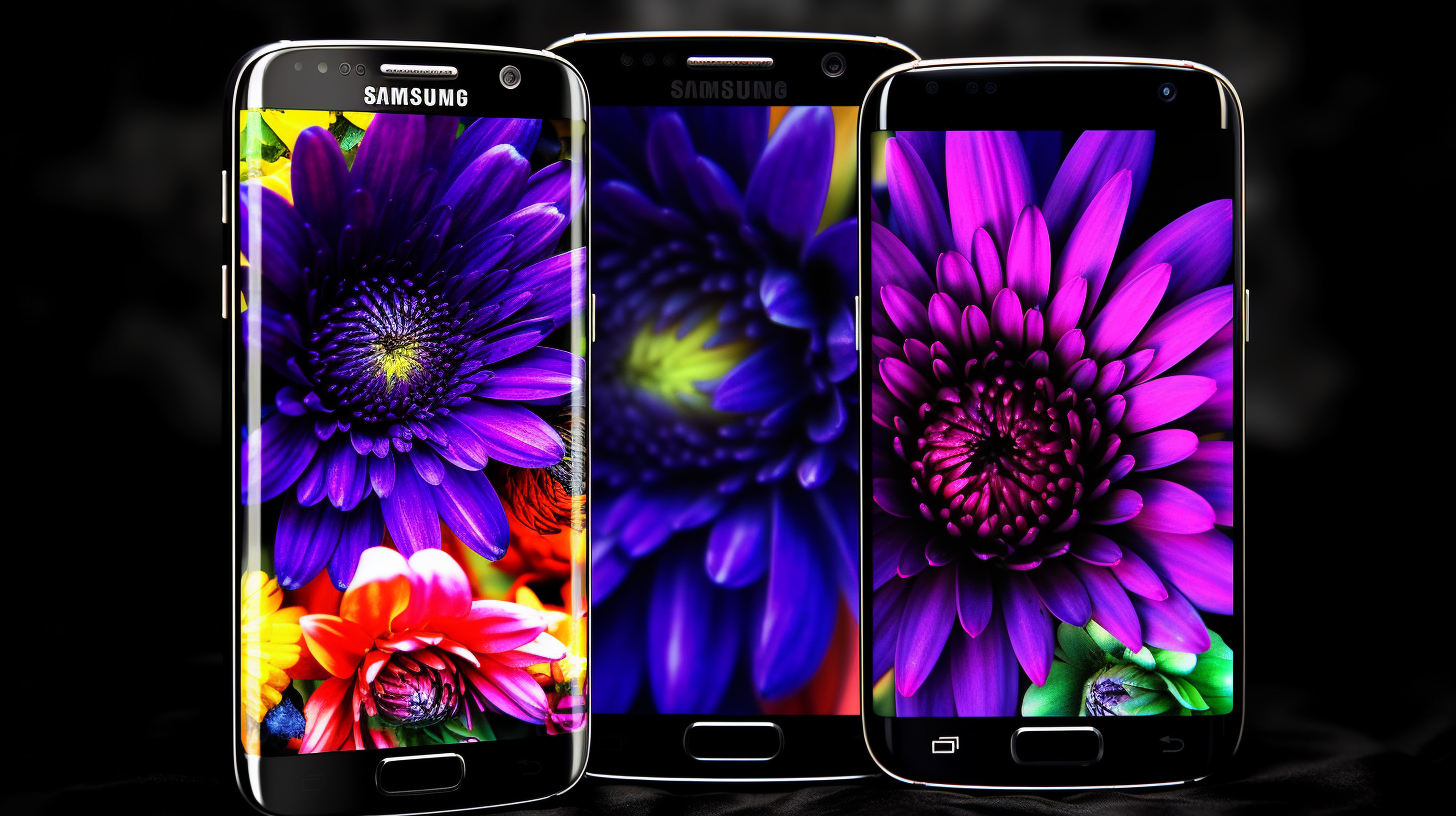Outshining the Rest: A Comprehensive Analysis of Mobile Display Components

When the topic of tech comes up, it's undeniable that our minds instantly gravitate towards mobile devices. We've certainly embarked on quite a journey from our starting point, haven't we? We began with chunky, bulky devices, but look at what we're holding in our hands now—devices that are thin, sleek, and brim with capabilities! But let's not get sucked into this nostalgia vortex. Let's instead shine a spotlight on the stars of the show—the display components of mobile devices from an objective lens.
These gadget gurus, you see, they absolutely love slinging heavy-duty jargon our way, don't they? Let's dig in and unravel all of this to reach the heart of the matter. When it comes to the CompTIA A+ Core 1 (220-1101) exam, you can't ignore the vital role understanding the various display components plays in enhancing the overall performance and user experience of a mobile device.
Academic perspective
Certainly, the display components play a seminal role in the functional framework of mobile devices. Composed primarily of the screen and encompassing technologies like LCD, LED, AMOLED, and others, they define the visual interaction between the user and the device. It's akin to the device's 'face', if you will—the first thing one notices and interacts with upon accessing the device.
Liquid Crystal Display (LCD) and Light Emitting Diodes (LED) are older technologies yet are still relevant. LCD, characterized by its low power consumption and compact design, uses liquid crystals and polarized light, providing clear images but sometimes lacking contrast. Meanwhile, LED, making use of light-emitting diodes, offers a display that's indeed brighter while consuming more power.
Next, let me introduce you to the new kid on the block, the AMOLED or Active-Matrix Organic Light Emitting Diodes. It takes the cake for contrast ratio and colour accuracy, courtesy of its unique ability to switch on and off individual pixels, thus serving up deep, inky blacks. Moreover, AMOLED displays usually boast faster refresh rates, which boost the smoothness of the user interface and make for a more immersive multimedia experience.
Statistics say it all
Hold on to your hats everyone, we're plunging headfirst into a whirlpool of statistics. A recent report by the International Data Corporation (IDC) states that by 2024, AMOLED screens are predicted to overtake LCDs in market share for smartphone displays. Right now, LCDs are clutching a 41.6% share, while AMOLED holds a little over 35.8%. However, the growth rate of AMOLED is anticipated to skyrocket, reaching a staggering 600 million units in 2025.
According to IHS Markit, IPS LCDs, a more advanced version of LCDs, are sky-rocketing in the tablet sphere, ruling the roost with an impressive 64.5% market share in 2021. We can both agree, can't we, that we're discussing a hefty slice of the pie here! But don't think for a second that IPS LCDs are reclining comfortably at the apex. Yielding advantages like flexibility, power efficiency, and the ability to be fashioned into various form factors, AMOLED technology is steadily gaining ground here as well.
What does this tell you? The writing's on the wall, and it's clear as day: AMOLEDs are all set to take pole position in the race of mobile device display components.
Wrapping it up
Looking at the bigger picture, every display technology comes with its benefits and drawbacks, each contributing its unique essence to the user experience. Whether you consider LCD's energy-efficiency, LED's sharp brilliance, or the vivid contrast and colour accuracy of AMOLED, each plays a significant part in moulding the visage of mobile technology. And as the great tech tussle continues, we, the tech enthusiasts, will be waiting eagerly on the sidelines, popcorn in hand.